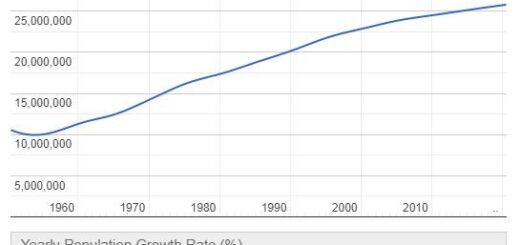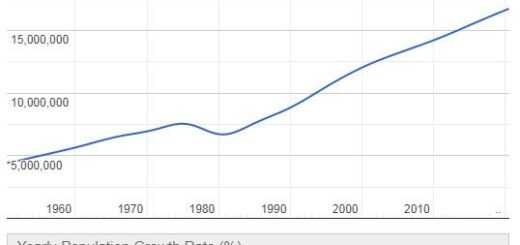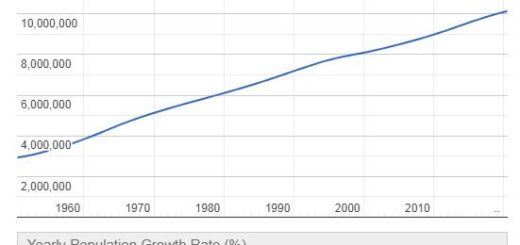Laos Culture and Traditions
(Sathalanalat Paxathipatai Paxaxôn Lao; République démocratique populaire Lao). State of Southeast Asia (236,800 km²). Capital: Vientiane. Administrative division: provinces (17), special region (1). Population: 6,514,432 (2012 estimate). Language: Lao or Laotian (official), French. Religion: Buddhists 43%, animists / traditional beliefs 49%, Christians 2%, others 6%. Monetary unit: new kip (100 at). Human Development Index: 0.569 (139th place). Borders: People’s Republic of China (N), Viet Nam (E), Cambodia (S) and Thailand (W), Myanmar (Burma) (NW). Member of: ASEAN and UN.
CULTURE: TRADITIONS
The main ethnic groups (the kha, who are the oldest residents of the region, the Thais and the various Tibetan-Burmese tribe groups: yao, man etc.) retain most of their peculiarities, despite the increasingly widespread practice of exogamous marriages. On the one hand, Buddhism sanctions the forms of daily life: funerals are, for example, joyful ceremonies (because the dead, if deceased of natural causes, reach the happy place of nirvana) and give rise to real parties, very expensive, which continued for several days with libations and high consumption of alcohol and opium and ended with cremation, accompanied, like every Laotian festival, by the lighting of fireworks; on the other hand, the ancient pre-Buddhist customs act in everyday life. This is the case, for example, in marriages, still subject to the ancient rules that establish the most propitious time in even months, especially the sixth (between our months of April and May), and in any case in the first half of the month, during the waxing moon, and who want it to be the woman, who also has equal rights with regard to divorce, to choose her husband (previously indicated by the family, however). The wedding ceremony takes place in a strictly rural climate and the spouses, who symbolize fertility, are seated on large stools and joined by two white cotton cords by a monk who presides but does not officiate. A similar, particularly complex interpenetration takes place at the level of festivals, which are both Buddhist and indigenous festivals in the strict sense. In this regard, the celebration of the New Year is particularly typical (pimay), which falls on our full moon in May and lasts about two weeks, during which it is customary to erect sand mountains similar to stūpa on the banks of the Mekong, crowning them with flags bearing the signs of the zodiac, lighting fireworks customary and celebrate with dances accompanied by the khene, the national musical instrument. The recurrence gives shape, in a certain sense, to the entire annual calendar, which is one of the most complex in the world because it is made up of computations of both Chinese and Indian origin, in an intertwining of solar and lunar systems. In this overlapping of animistic customs (especially among the yao populations, man etc.), of strictly agricultural, deeply traditional customs (such as that of sacrificing a buffalo before sowing) and of Buddhism infiltrated by Chinese juridical-social customs is the point of equilibrium of the customs of Laos. In the context of traditional activities and events, we remember the great kite competitions (the national sport), the manufacture of fireworks, in which not only the artisans but the Buddhist bonzes themselves excel; craftsmanship, with the production of work tools and furnishings, carpets, ceramic vases and goldsmith objects, of which the many markets of the country are rich, also present in the smaller towns; clothing (sampot wrapped around the waist, as in Thailand and Cambodia, and almost always white smock for men; long skirt beyond the knee and white or colored blouse, with a set of necklaces, rings and bracelets for women); the kitchen, where the main foods are rice (steamed), fish (especially roasted pa-bek) and meat: the latter two also served on the same plate with very spicy sauces. There is no shortage of gastronomic peculiarities completely absent in the West, such as ant eggs, snake in broth and fried insects.
CULTURE: MUSIC
According to a2zcamerablog, Laos is a country located in Asia. The music of Laos has close affinities with that of Thailand, Myanmar and Cambodia, nations that fit into an area with markedly similar musical characters. Fundamental elements of his musical expressions are the use of heptaphonic and pentaphonic scales (in the use of the latter one recognizes an influence of Chinese culture); the presence of metallophonic instruments (ring-shaped gong chimes, called khong wong, often placed within bamboo frames) and xylophones (called rang-nat), flanked by a type of viola (sor) with three silk strings or of horsehair and the khene, organ mouthpiece with parallel free reed pipes, which due to its enormous diffusion is in a certain way the musical symbol of the country. The musical structure is essentially polyphonic in nature, but the contrapuntal writing is particularly developed in the orchestral compositions, which are characterized by highly refined timbre effects.



